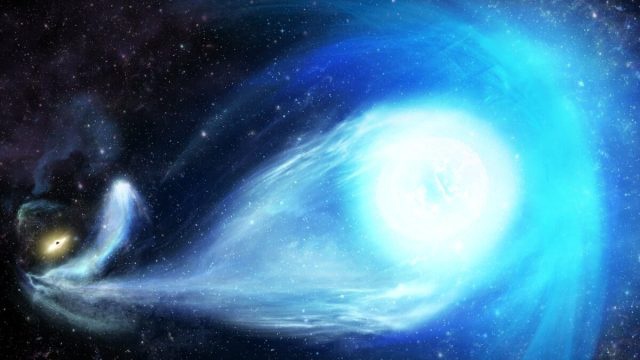Overview
- Cornell physicist Henry Tye and collaborators report calculations that the universe will reach maximum size in about 11 billion years before contracting.
- The study, published in the Journal of Cosmology and Astroparticle Physics, analyzes recent Dark Energy Survey and DESI measurements.
- The model introduces an ultralight particle that behaved like a cosmological constant early on but now produces dynamics consistent with a negative value.
- The scenario implies a total cosmic lifetime of roughly 33 billion years, with a collapse about 20 billion years from now if the model is correct.
- The results challenge the standard Lambda‑CDM framework, with continued DESI observations and upcoming data from Euclid, SPHEREx, and the Vera C. Rubin Observatory expected to test the claim.


